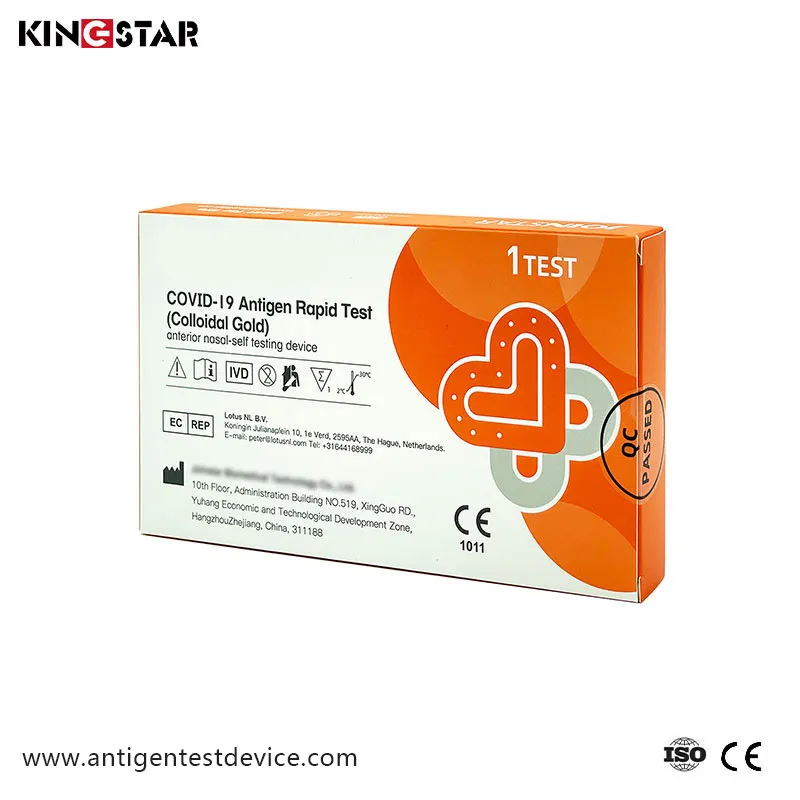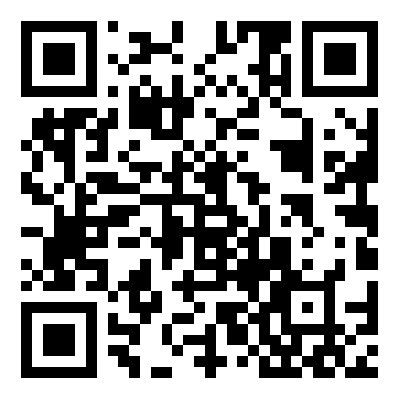What is the Anterior Nasal COVID-19 Self Test Rapid Antigen Test and How Does It Work?
2024-12-10
With the ongoing efforts to control the spread of COVID-19, testing has become a crucial part of managing the pandemic. One of the most accessible and convenient methods of testing is the Anterior Nasal COVID-19 Self Test Rapid Antigen Test. This self-administered test offers a quick and easy way for individuals to check if they have been infected with the virus. In this blog, we’ll explore what the anterior nasal COVID-19 self-test is, how it works, and the benefits it offers.
1. What is the Anterior Nasal COVID-19 Self Test Rapid Antigen Test?
The Anterior Nasal COVID-19 Self Test Rapid Antigen Test is a diagnostic tool designed to detect the presence of the SARS-CoV-2 virus, which causes COVID-19, in the human body. Unlike the PCR test, which requires laboratory processing, the antigen test offers results in just 15-30 minutes, making it ideal for rapid screening.
- Anterior Nasal: This term refers to the collection of a sample from the front part of the nose (the anterior region), which is less invasive and generally more comfortable compared to other types of tests, such as nasopharyngeal tests that require deep insertion into the nasal cavity.
- Rapid Antigen Test: Antigen tests are designed to identify viral proteins, or antigens, that are present on the surface of the virus. The test can detect the virus when someone is infectious, which is often before they show symptoms, making it a valuable tool for identifying COVID-19 in asymptomatic individuals.
2. How Does the Anterior Nasal COVID-19 Self Test Work?
The process of using the Anterior Nasal COVID-19 Self Test Rapid Antigen Test is straightforward, making it suitable for self-administration at home. Here’s how it works:
1. Collecting the Sample: You use a soft swab to collect a sample from the inside of your nostrils. The swab is inserted into each nostril (usually about 1 to 1.5 inches) and rotated several times to collect the sample.
2. Processing the Sample: After collecting the sample, it is placed in a small tube containing a special solution that helps extract the viral antigens from the swab.
3. Test Results: A small amount of the solution is then applied to a test strip that contains antibodies designed to react with SARS-CoV-2 antigens. If the virus is present, a color change will occur on the strip, indicating a positive result.
4. Interpreting the Results: The results are typically available in 15-30 minutes, allowing for rapid assessment. A control line should appear regardless of the result to show the test has worked properly. A second line indicates a positive result, while no second line means the test is negative.
3. Advantages of the Anterior Nasal COVID-19 Self Test
There are several reasons why the anterior nasal self-test is an appealing option for individuals looking to check for COVID-19:
- Ease of Use: The test is simple to administer, with clear instructions included in the kit. Most people can easily perform the test themselves at home without professional assistance.
- Quick Results: With results in as little as 15-30 minutes, the test provides rapid feedback, making it ideal for situations where quick decisions are needed (e.g., before travel, gatherings, or work).
- Minimally Invasive: The anterior nasal swab is much less uncomfortable compared to the deep nasal swabs used in other COVID-19 testing methods. This makes it a more tolerable option for many individuals.
- Convenience: Since this is a self-test, you can take the test at your convenience, avoiding the need to visit a testing site or clinic. This makes it easier to test frequently, especially if you need to test before traveling or attending large events.
4. Limitations of the Anterior Nasal COVID-19 Self Test
While the anterior nasal self-test offers many advantages, it’s essential to be aware of its limitations:
- Lower Sensitivity: Antigen tests generally have lower sensitivity than PCR tests, meaning there is a higher chance of false-negative results. This is especially true if the person is asymptomatic or has a low viral load.
- Not a Substitute for PCR Testing: If you receive a negative result but continue to experience symptoms or have been exposed to a known positive case, you may need to follow up with a PCR test for confirmation.
- Proper Usage is Key: Incorrect sample collection or improper handling of the test kit can lead to inaccurate results. It’s essential to follow the instructions closely to ensure reliable results.
The Anterior Nasal COVID-19 Self Test Rapid Antigen Test provides a quick, convenient, and easy way to screen for COVID-19 at home. While it offers several benefits, including ease of use and fast results, it’s important to understand the limitations, particularly its sensitivity. If you need a fast and reliable test, this rapid antigen test is an excellent tool, but for definitive results, a follow-up PCR test may still be necessary.



